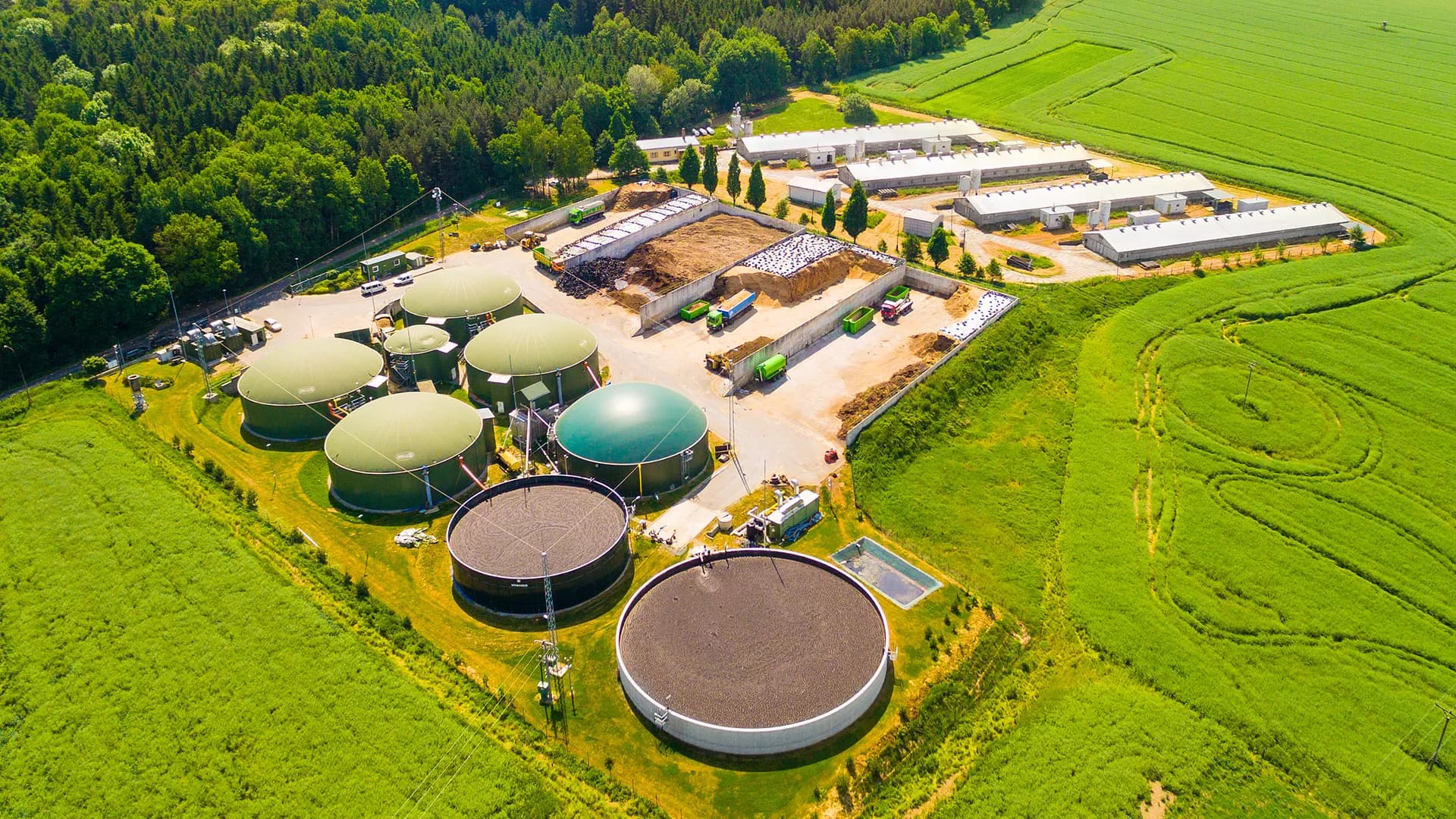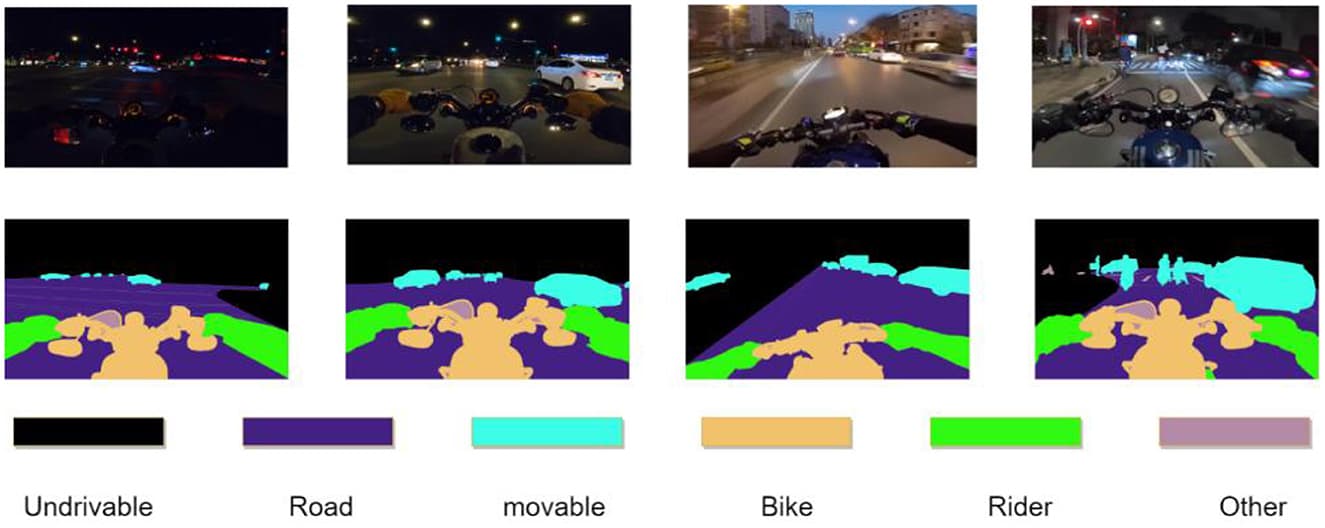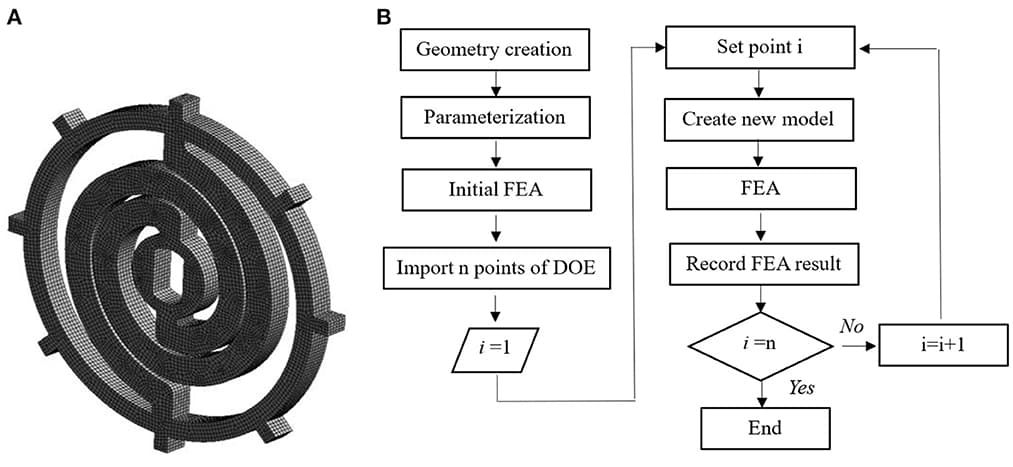The integration of multiple sensors is a crucial and emerging trend in the development of autonomous driving technology. The depth image obtained by stereo matching of the binocular camera is easily influenced by environment and distance. The point cloud of LiDAR has strong penetrability. However, it is much sparser than binocular images. LiDAR-stereo fusion can neutralize the advantages of the two sensors and maximize the acquisition of reliable three-dimensional information to improve the safety of automatic driving. Cross-sensor fusion is a key issue in the development of autonomous driving technology. This study proposed a real-time LiDAR-stereo depth completion network without 3D convolution to fuse point clouds and binocular images using injection guidance. At the same time, a kernel-connected spatial propagation network was utilized to refine the depth. The output of dense 3D information is more accurate for autonomous driving. Experimental results on the KITTI dataset showed that our method used real-time techniques effectively. Further, we demonstrated our solution's ability to address sensor defects and challenging environmental conditions using the p-KITTI dataset.
Wind turbine generator system plays a fundamental role in electricity generation in industry 4.0, and wind turbines are usually distributed separately and in poor locations. Unmanned Aerial Vehicles (UAV) which could overcome the above challenges are deployed to collect photographs of wind turbines, could be used for predictive maintenance of wind turbines and energy management. However, identifying meaningful information from huge amounts of photographs taken by drones is a challenging task due to various scales, different viewpoints, and tedious manual annotation. Besides, deep neural networks (DNN) are dominant in object detection, and training DNN requires large numbers of accurately labeled training data, and manual data annotation is tedious, inefficient, and error-prone. Considering these issues, we generate a synthetic UAV-taken dataset of wind turbines, which provides RGB images, target bounding boxes, and precise pixel annotations as well. But directly transferring the model trained on the synthetic dataset to the real dataset may lead to poor performance due to domain shifts (or domain gaps). The predominant approaches to alleviate the domain discrepancy are adversarial feature learning strategies, which focus on feature alignment for style (e.g., color, texture, illumination, etc.) gaps without considering the content (e.g., densities, backgrounds, and layout scenes) gaps. In this study, we scrutinize the real UAV-taken imagery of wind turbines and develop a synthetic generation method trying to simulate the real ones from the aspects of style and content. Besides, we propose a novel soft-masks guided faster region-based convolutional neural network (SMG Faster R-CNN) for domain adaptation in wind turbine detection, where the soft masks help to extract highly object-related features and suppress domain-specific features. We evaluate the accuracy of SMG Faster R-CNN on the wind turbine dataset and demonstrate the effectiveness of our approach compared with some prevalent object detection models and some adversarial DA models.
This study proposes a combination interval prediction based hybrid ensemble (CIPE) model for short-term wind speed prediction. The combination interval prediction (CIP) model employs the extreme learning machine (ELM) as the predictor with a biased convex cost function. To relieve the heavy burden of the hyper-parameter selection of the biased convex cost function, a hybrid ensemble technique is developed by combining the bagging and stacking ensemble methods. Multiple CIP models with random hyper-parameters are first trained based on the sub-datasets generated by the bootstrap resampling. The linear regression (LR) is utilized as the meta model to aggregate the CIP models. By introducing the binary variables, the LR meta model can be formulated as a mixed integer programming (MIP) problem. With the benefit of the biased convex cost function and ensemble technique, the high computational efficiency and stable performance of the proposed prediction model is guaranteed simultaneously. Multi-step ahead 10-min wind speed interval prediction is conducted based on actual wind farm data. Comprehensive experiments are carried out to verify the superiority of the proposed interval prediction model.
Frontiers in Energy Research
Advanced Strategies for Energy Management and Stability in Smart Microgrids






